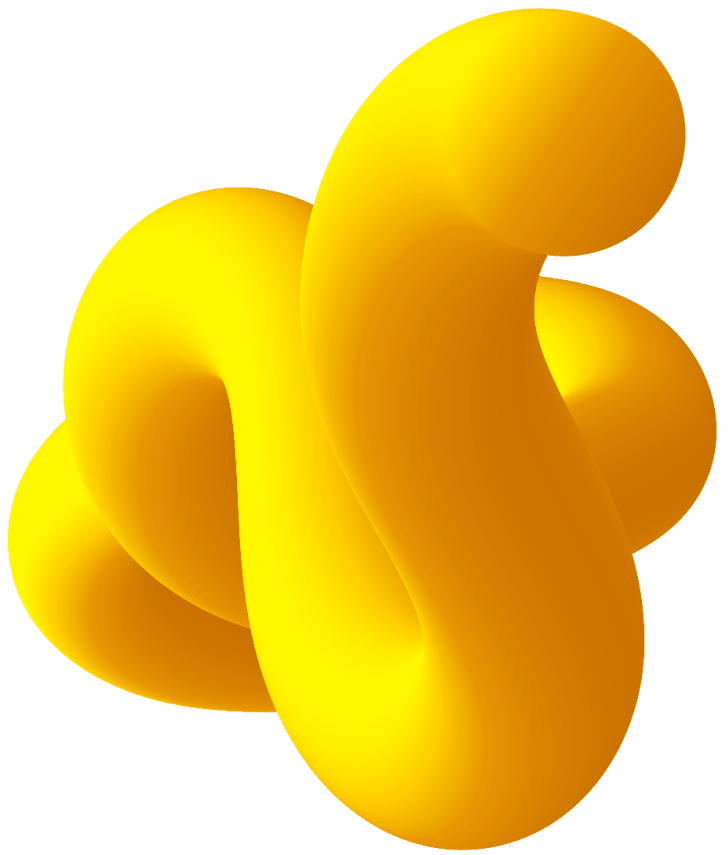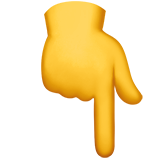Внимательно прочитайте текст задания и выберите верный ответ из списка
The origins of parkour moves could be found in …
Прочитайте текст и выполните задания 12–18. В каждом задании запишите в поле ответа цифру 1, 2, 3 или 4, соответствующую выбранному Вами варианту ответа.
Turning As an Obstacle
When I first read about a sport called parkour, I thought it was about fluid, elegant, and graceful motions. But in practice, parkour is considered an “extreme” sport; as its participants dash around a city, they may vault over fences, run up walls, and even jump from rooftop to rooftop. So you won’t see senior citizens doing it in the park on Sunday mornings, but if you do witness it, you may think you’re watching a stunt person on a movie set.
Le parkour is a French term, related to the verb parcourir, “to run over or through”. It was created by David Belle, Sebastien Foucan, and a group of their friends when they were teenagers living in the Paris suburb in the late 1980s. Belle’s father had been a soldier in Vietnam, and his preparatory programme included navigating obstacle courses. Belle picked up many of the moves from his father and, along with his friends, developed them into an art form.
Parkour combines elements of running, gymnastics, dance, and martial arts into a breathtaking way of moving from place to place. The general idea is to move quickly and gracefully, treating buildings, walls, handrails, rocks, and whatever objects you come across as elements in an obstacle course. The only real rule is that you should not move backwards and that you should do it with as much efficiency and style as possible.
The only equipment required for parkour is a good pair of shoes. Participants, who call themselves traceurs, wear no protective gear but typically invest a great deal of time in training and preparation in order to execute the necessary moves safely. The first thing any participant learns is how to cushion the impact of a jump by rolling. Although parkour is ultimately about clever improvisation rather than choreographed moves, there are a couple dozen or so standard maneuvers that almost all traceurs learn, including several methods for getting over tall walls.
Some traceurs participate merely for the fun or the challenge, but others treat parkour as a more serious art, similar to some martial arts. As a philosophy, the movements metaphorically represent becoming one with your environment, learning how to overcome obstacles without effort, and finding creative paths – all things with practical value outside the sport.
Even though parkour has reached international popularity, there is already an offshoot sport that has led to a great deal of bitterness and division among parkour proponents. Co-founder Sebastien Foucan, in a 2003 BBC documentary called “Jump London,” referred to the sport as “free-running” and that term caught on in the media. However, parkour purists feel that the direction in which Foucan has taken the activity is entirely different from what he and Belle had originally developed.
The biggest difference has to do with theatrics. Free-running involves a lot of trick moves, particularly mid-air flips and spins. Because these moves are merely showy, not economical, they’re considered contrary to the nature of parkour. A free-runner may also move backwards in order to make a move as flashy as possible.
But it’s not simply a matter of differing styles. Manufacturers are capitalizing on the growing interest in parkour and free-running by introducing special shoes, designer clothing, and so on; free-running competitions are also beginning to appear.




